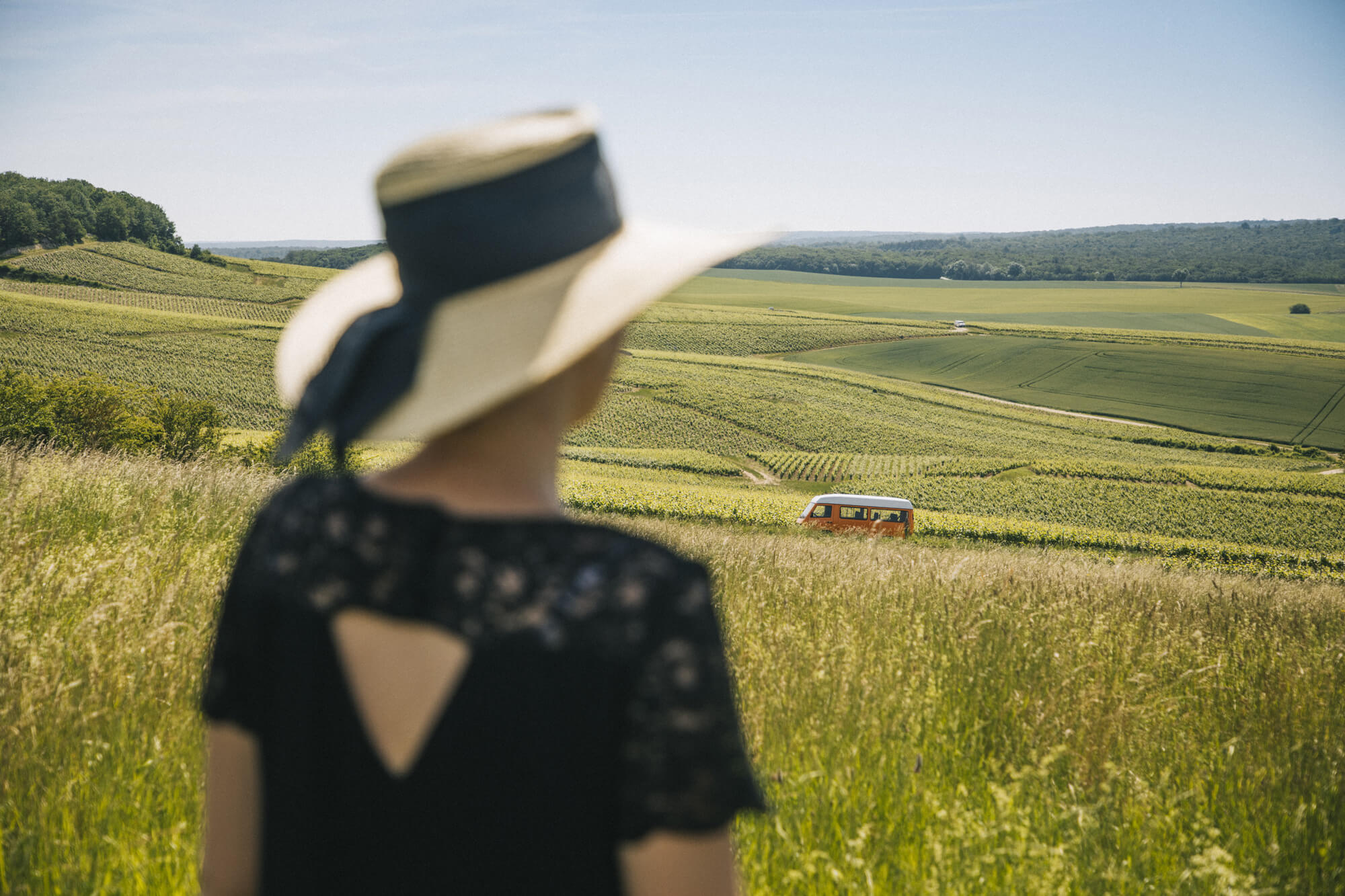Pont-sur-Seine

| Address |
|---|
|
|
Add to cart
Last updated on 11/12/2020 - Office de Tourisme du Nogentais et de la Vallée de la Seine
Quality standards

Information
Rates
| Free |

| Address |
|---|
|
|
Last updated on 11/12/2020 - Office de Tourisme du Nogentais et de la Vallée de la Seine

Rates
| Free |